
Snakebite is an injury caused by a bite of snake. Most of the snakes are not venomous but a great number of them are. Even though people often believe that venomous snakes live only in the tropic jungles of Africa or South America, they can be found on every world’s continent except Antarctica. Snakes usually bite unexpectedly and in most cases there is not enough time or information to distinguish the venomous snake from the non-venomous, based on its appearance. It is important to seek professional medical attention whenever there is no way to make sure if the bite is potentially deadly. Each year tens of thousands of people die from snake bites, even in the developed world. However, this remains one of the most serious problems in many undeveloped regions of the world where rural areas do not have sufficient medical facilities.
Snakebites facts
In most cases, snakebites are caused by non-venomous species. There are about 3,000 different species of snakes around the world. About 450 of them are both venomous and considered dangerous to humans. Some species are venomous but their venom is not strong enough to kill human being. There is no accurate report about the actual number of snake bites. According to some estimates, there is 1.2 to 5.5 million snakebites yearly around the world. About 421,000 to 1.8 million are envenoming and around 20,000 to 94,000 deaths occur as a result of snakebite.
Snakebites First Aid
In the United States, most of the snakes are non-venomous. Venomous snakes spread across the territory of the United States include rattlesnake, coral snake, water moccasin and copperhead. Rattlesnakes are distinguished by rattle sound they make while shaking the rings at the end of their tail. Coral snakes have red, yellow and black stripes along the body. Water moccasins have white lining along the mouth. Copperhead has a distinctive color pattern that consists of a pale tan to pinkish tan ground color that becomes darker towards the midline.
First aid measures include assuring the victim to stay calm and completely immobilize bitten part of the body and stay as quiet and still as possible. This will prevent the poison from spreading through the body. The jewelry should be removed and the body should be positioned in such a way that the bite is below the level of heart. The wound should be cleaned and covered with dry dressing. It is also important to try to remember the color and shape of the snake. This will be useful information for doctors.


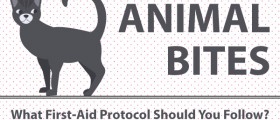
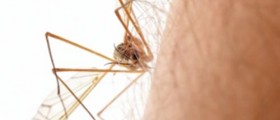
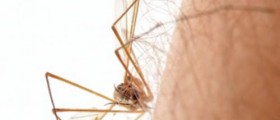



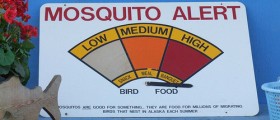
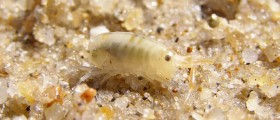
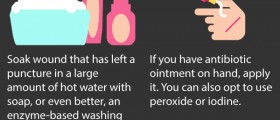
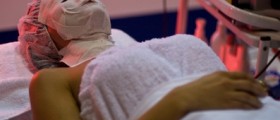

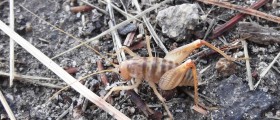

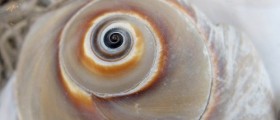

Your thoughts on this
Loading...